Chapati or roti is an unleavened Indian flatbread made with whole wheat flour or wholemeal flour. Originally from the Indian subcontinent, this flatbread is a staple in most Indian meals and is considered an everyday flatbread.
Unlike naans and kulchas, Indian roti is yeast-free, vegan, does not use refined flour, and is rich in dietary fibres. Chapati or roti bread is prepared fresh each day from scratch by kneading the dough and rolling and roasting smaller portions of that dough into thin flatbreads.
Read here how we make the perfect roti dough for soft & supple chapatis or rotis every day at home. Also, I have shared step-by-step shots of making the dough along with a video on how to roll out round Indian Chapatis. Plus, what’s the difference between rotis or chapatis, paranthas, phulkas, naans, pooris, luchis, kulchas, and bhatureys.

Ingredients to make Indian roti or chapati
- Whole Wheat Flour
- Tepid Water
- Sunflower Oil (You can use Ghee if you feel like it, but usually we don’t)
Understanding Roti or Chapati
For the people of the Indian sub-continent, roti is more like an emotion, something quite similar to bread for the Western world. Often it is equated with the activity of eating a meal together by saying, “Aaja roti kha le!” Loosely translated into “come and eat with us”. Here, the word ‘roti’ denotes the meal, which might or might not consist of actual rotis or chapatis.
Recipe instructions to make Roti
The recipe for an Indian roti is quite simple. All you need is some wheat flour and water. That’s it! And the trick to the perfectly soft chapati lies in the roti dough. It should be soft, supple, well combined, and rested so that you get rotis that remain soft even after getting cold.

- Here, for 3 cups of Whole Wheat Flour, i.e., approximately 390 gms, we need 1¼ cups of Water, i.e., 295 ml or 10 fl. oz. I have used Whole Wheat Flour, which is finer than Wholemeal Flour. Knead the dough till it comes together nicely into a soft ball that is no longer sticky.
- Once the dough comes together, add 2 tbsp of any neutral oil, like Sunflower Oil, Canola Oil, Rice Bran Oil, EVOO, etc. Knead it for a few more minutes to incorporate the oil.
- The texture of the dough should be something like what I have shown above.
- At this stage, you can leave the dough covered by a damp cloth for 10-15 minutes for perfectly soft rotis
- Pinch off 15 equal dough balls and roll them between your palms to make them smooth.
- Now, flour your rolling surface and your rolling pin and start rolling them into a circle. Use your wrist and your rolling pin to stretch and rotate so that it takes a circular shape.
- Once you have the chapatis of around 7-8 inches in diameter, place them on the griddle. Once you see bubbles rising on the surface, turn it over using a tong. Let the other side also get roasted with small brown spots
- Now, remove the griddle and place the chapati directly on the fire burner nozzles of your stovetop. Once it starts to puff up, turn it over. Keep it on fire for 2-3 seconds for each side otherwise, it will start burning.
- Remove them from the fire and serve. You can slather some ghee (clarified butter) or even normal butter to make them rich and delicious
Tips to make perfect Indian roti or chapati dough
Good chapati-making is a matter of practice. There’s no second thought about it. Even many Indians cannot make round and supple chapati at home. Don’t be surprised when you see a fellow Indian buying frozen chapatis from the freezer section on your next supermarket trip!
What is Indian roti or chapati made of? It’s simple. Just two ingredients. FLOUR & WATER.
However, the essence lies in the small tricks that make the roti dough perfect, which in turn yield perfectly soft chapatis.
The list is small, and you can make a bunch of Indian chapatis to go with your curries in no time.
We don’t add anything else to this dough, and some of the strict no-no’s of making chapati dough are:
- Using all-purpose flour, as it is refined and processed flour, which should be avoided for regular consumption (considering average Indians consume 4-5 chapatis in each meal)
- Using yogurt, there is no need to use any kind of leavening agent, even if it is all-natural like yogurt
- Using garlic powder, why on Earth would someone put garlic powder on the chapati dough? Never. Chapati is considered to be a perfect vegetarian dish, which means no garlic at all.
- Adding chili flakes, again not at all used in a chapati, but often used in Namak Mirch Parantha.
- Adding salt, is generally avoided because the curries are already seasoned appropriately. So, a salted chapati would distort the taste.
So, what is meant by unleavened Indian flatbread? ‘Unleavened’ means it uses no leavening agent such as yeast, baking powder or baking soda. A lot of people ask if they can use yeast in chapati. There is no need to use yeast to make an Indian chapati. You can make the dough and make the rotis instantly (perhaps you can leave the dough to rest for 10 minutes). But that’s it.
A very important aspect of chapati or Indian roti is that it is made with Aata Flour or Whole wheat Flour. It has a greater content of bran than All-Purpose Flour which is a refined version of the same.
So, while we make naans, kulchas, pooris or luchis, and even some paranthas with refined all-purpose flour, Indian roti or chapati bread is always made with coarser whole wheat flour.
By the way, whole wheat flour is much more nutrient-dense than refined all-purpose flour. It has more iron, vitamins, and protein.
Different kinds of Indian flatbreads


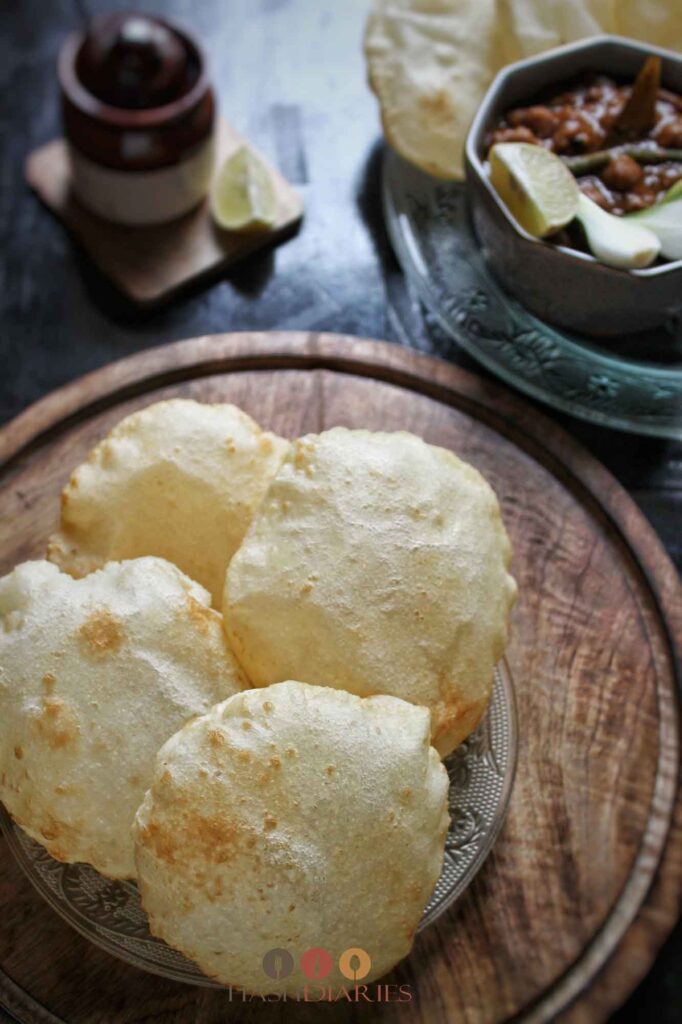


- Naans are leavened Indian flatbreads that usually have yoghurt, yeast, or both in them. Apart from that, it is made with all-purpose flour and cooked in Indian style clay oven, also known as ‘tandoor‘. After taking the naans out of the oven, it is generously slathered with butter to make it soft.
Here, I have Instant Naan recipe which is a no-yeast recipe. - Pooris or Luchis are unleavened deep-fried Indian flatbreads. They can be made either with all-purpose flour, whole wheat flour, or a mix of both. Bengali luchis are traditionally made out of all-purpose flour. They are deep-fried in either oil or ghee.
Here, I have a detailed post on how to make Bengali Luchis. - Bhatureys are leavened deep-fried Indian flatbreads, made with all-purpose flour. Traditionally, Yogurt is used to knead the dough and then allowed to ferment for a couple of hours before frying the rolled-out dough
Here, I have an Instant Bhaturey recipe - Kulchas are again leavened Indian flatbreads that are baked in Indian clay ovens or tandoors. It is quite similar to naans, however, the leavening is less, and as a result, they are denser than naans in terms of texture. Again like naans, they can have plain kulchas or stuffed kulchas where the stuffing can be made of anything from potatoes to meat.
- Parathas are unleavened Indian flatbreads. They are griddle-fried chapatis. They can be plain as well as stuffed parathas. Get the simple paratha recipe here.
- Phulkas are chapatis or rotis that have been roasted on the griddle itself. They are pressed using a piece of folded cloth to cook the bread thoroughly.
Side dish serving suggestions for Indian rotis or chapatis
- Paneer Butter Masala
- Palak Paneer – also known as Saag Paneer
- Malai Kofta Curry
- Daal Makhani
- Cauliflower Curry
- Dahi Aloo
- Chana Masala
Ready to cook? Pin this recipe, share it with friends, and explore more Bengali classics on our blog. Happy cooking!
Follow me or Subscribe to my Channel
Indian Chapati or Roti
Equipment
- Mixing Bowl
- Stove Top
- Roti Tawa or Girddle
- Rolling Pin
- Tongs
Ingredients
- 3 cup Whole Wheat Flour
- 1¼ cup Water Room Temperature or slightly tepid
- 2 tbsp Sunflower Oil or any neutral oil.
Instructions
- Take the flour in the mixing bowl. Make a well in the centre and add half of the water. Now, start kneading the dough. It will be sticky in the beginning, but keep working3 cup Whole Wheat Flour, 1¼ cup Water
- Add rest of the water and knead. Once the water has been absorbed, add the oil and knead everything together.2 tbsp Sunflower Oil
- Do not worry about over-kneading because we need to build the glutinous protein bonds which will make the dough elastic for soft chapatisThe cue to stop kneading is when your mixing bowl is clean in the inside, it means the dough is ready.
- At this stage, you can leave the dough covered by a damp cloth for 10-15 minutes, or you can start making the chapatis.
- Pinch off 15 equal dough balls and roll them between your palms to make them smooth.
- Now, flour your rolling surface and your rolling pin and start rolling them into a circle. Use your wrist and your rolling pin to stretch and rotate so that it takes the circular shape.
- Once you have the chapatis of around 7-8 inches in diameter, place them on the griddle. Once you see bubbles rising on the surface, turn it over using a tong. Let the other side also get roasted with small brown spots
- Now, remove the griddle and place the chapati directly on the fire burner nozzles of your stovetop. One it starts to puff up, turn it over. Keep it on fire for 2-3 seconds for each side otherwise, it will start to burn.
- Remove them from the fire and serve. You can slather some ghee or clarified butter, or even normal butter to make them rich and delicious





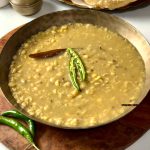
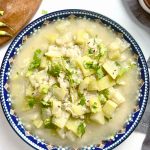


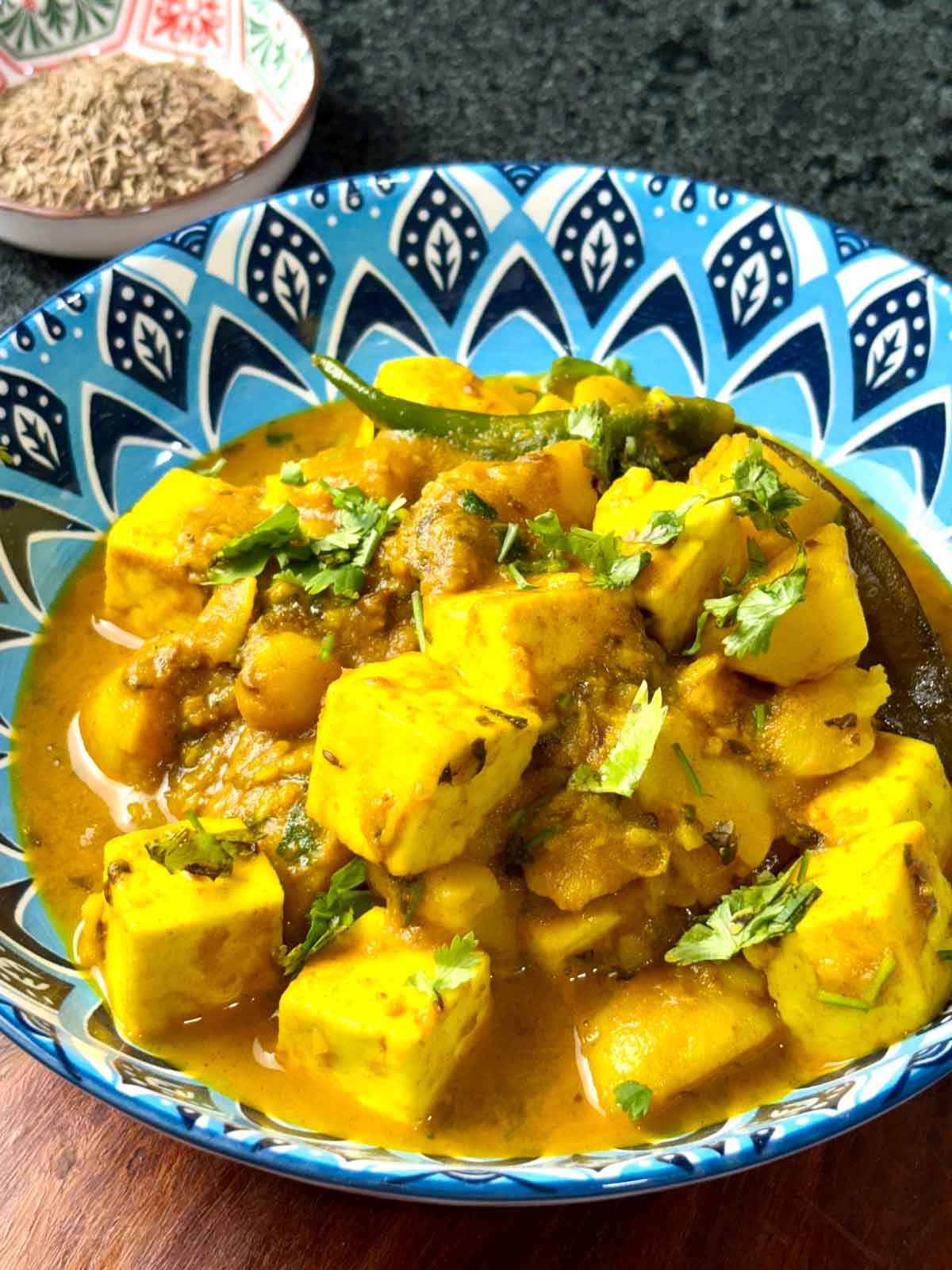
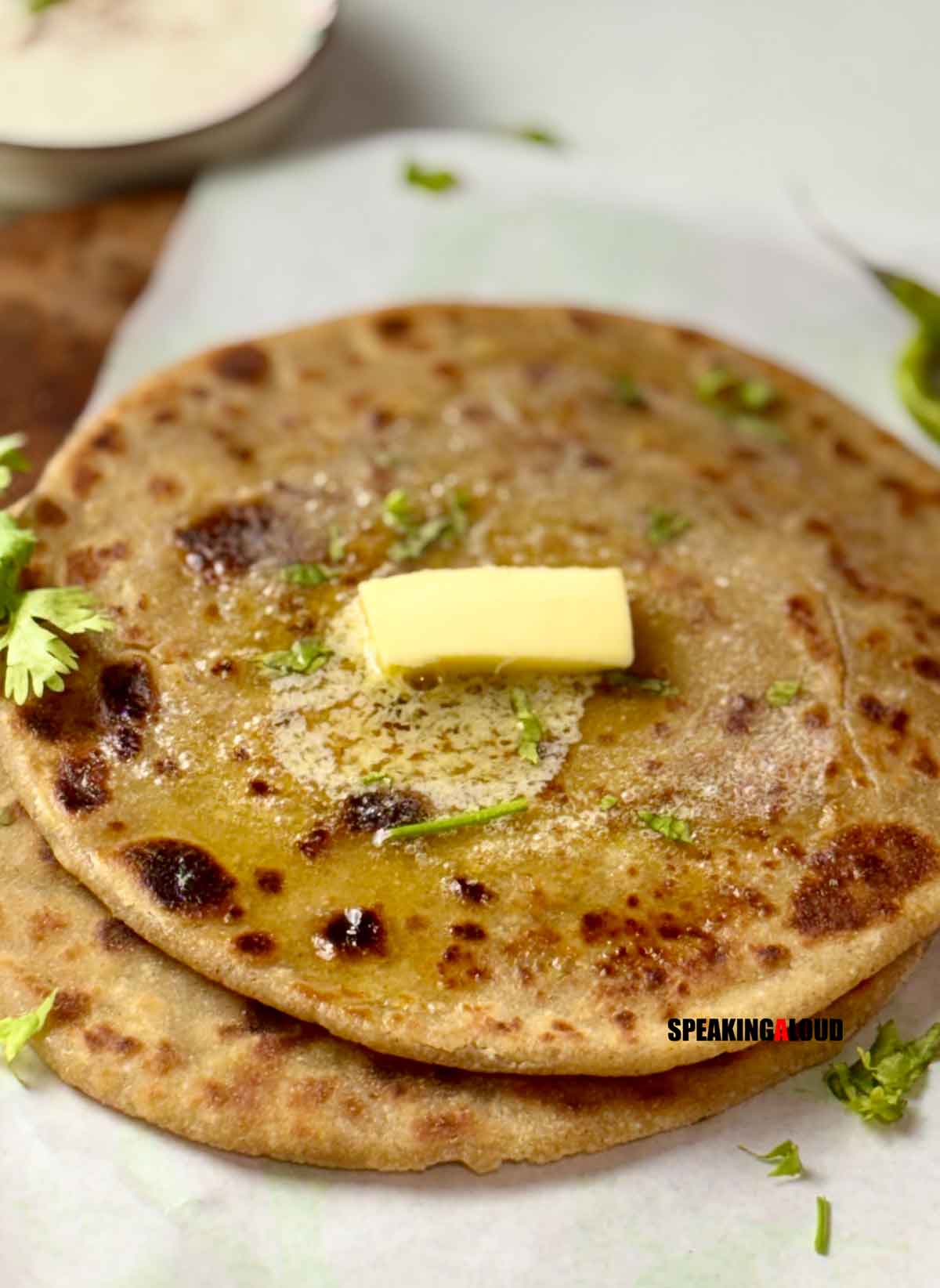

Leave a Reply